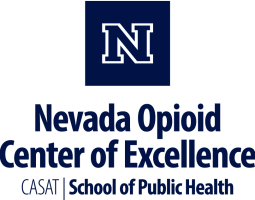Harm Reduction: Compassionate Care for People who use Drugs Podcast Series
AMERSA is proud to announce a new podcast series exploring and highlighting the importance of harm reduction. The series, Harm Reduction: Compassionate Care for People who use Drugs, includes eight 30-minute episodes sponsored by PCSS-MOUD and hosted by AMERSA members, featuring subject matter experts across multiple disciplines.
